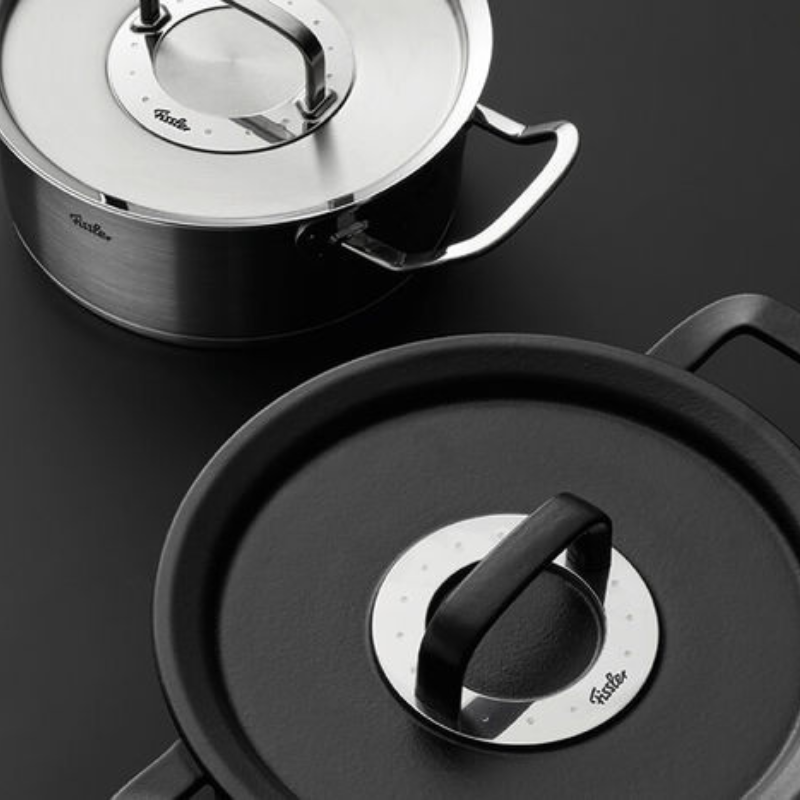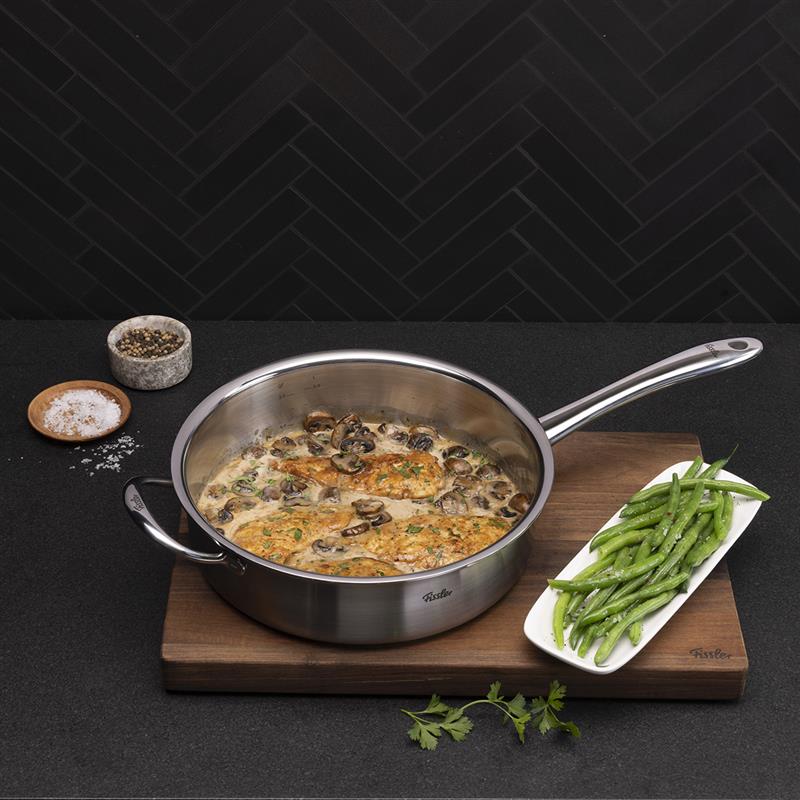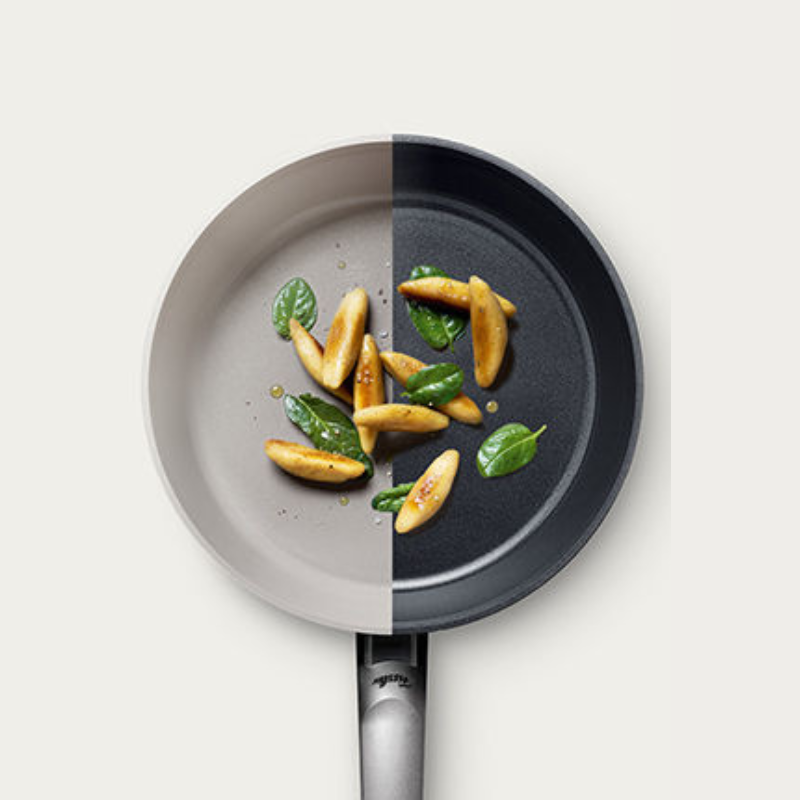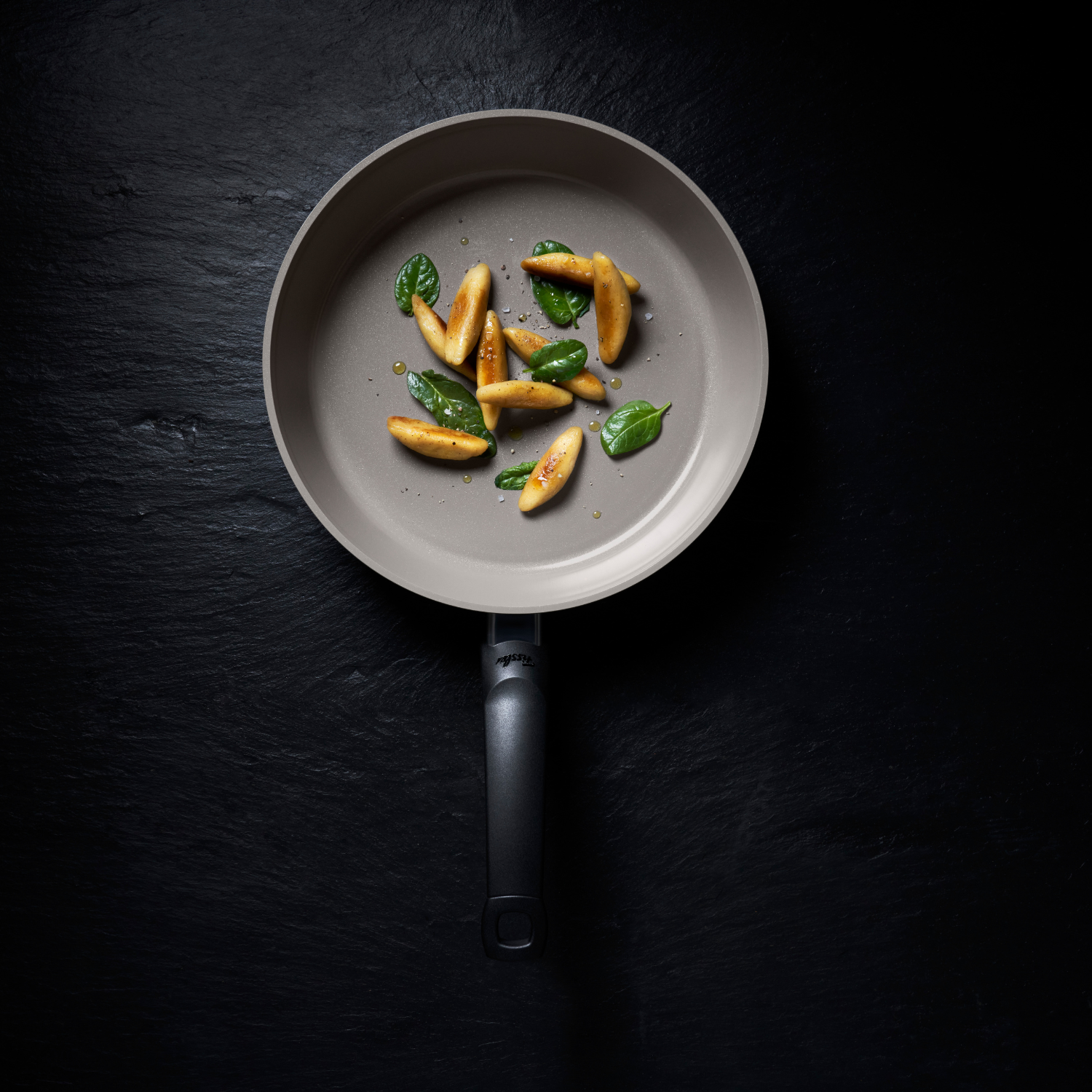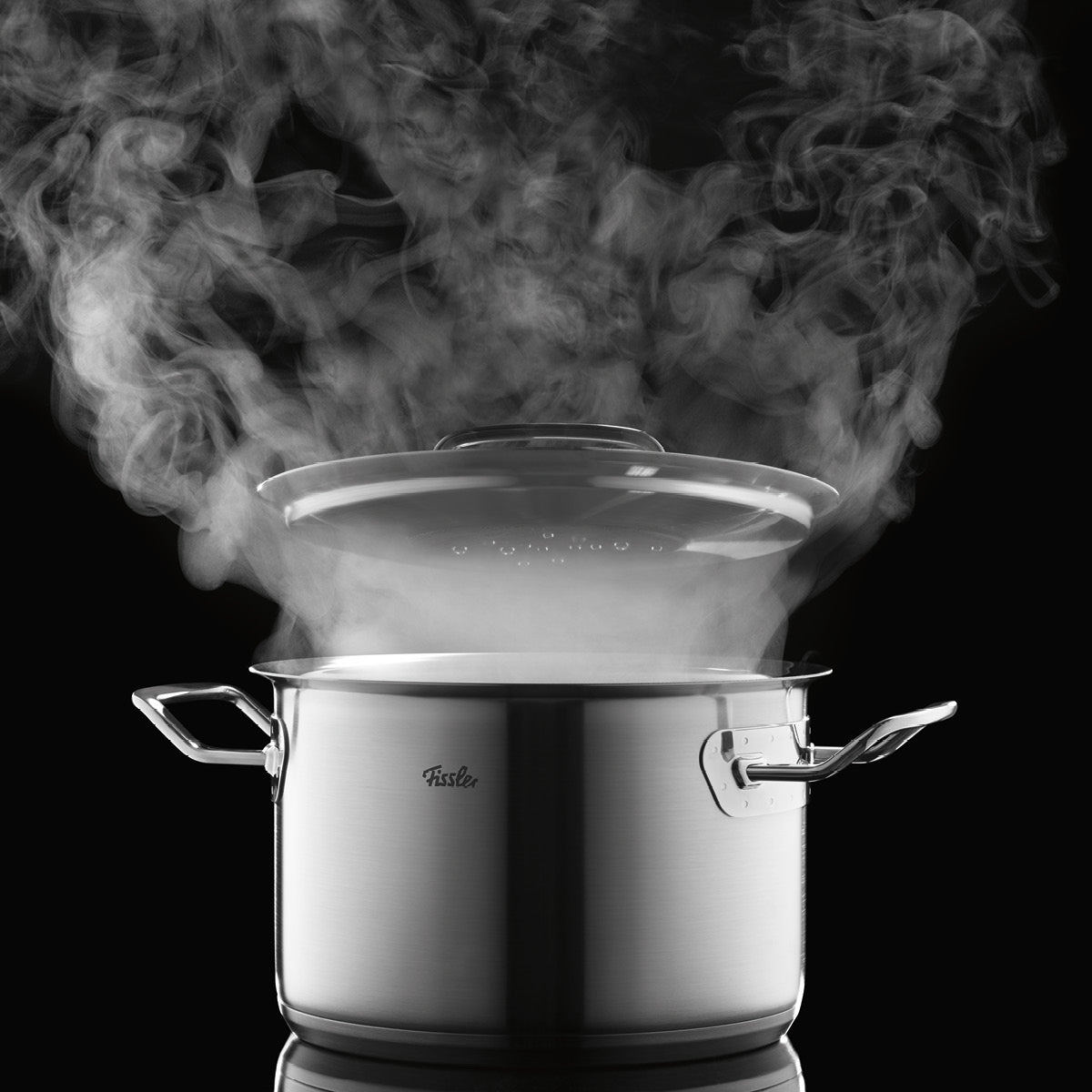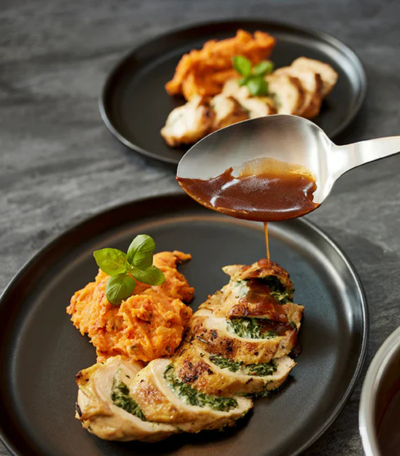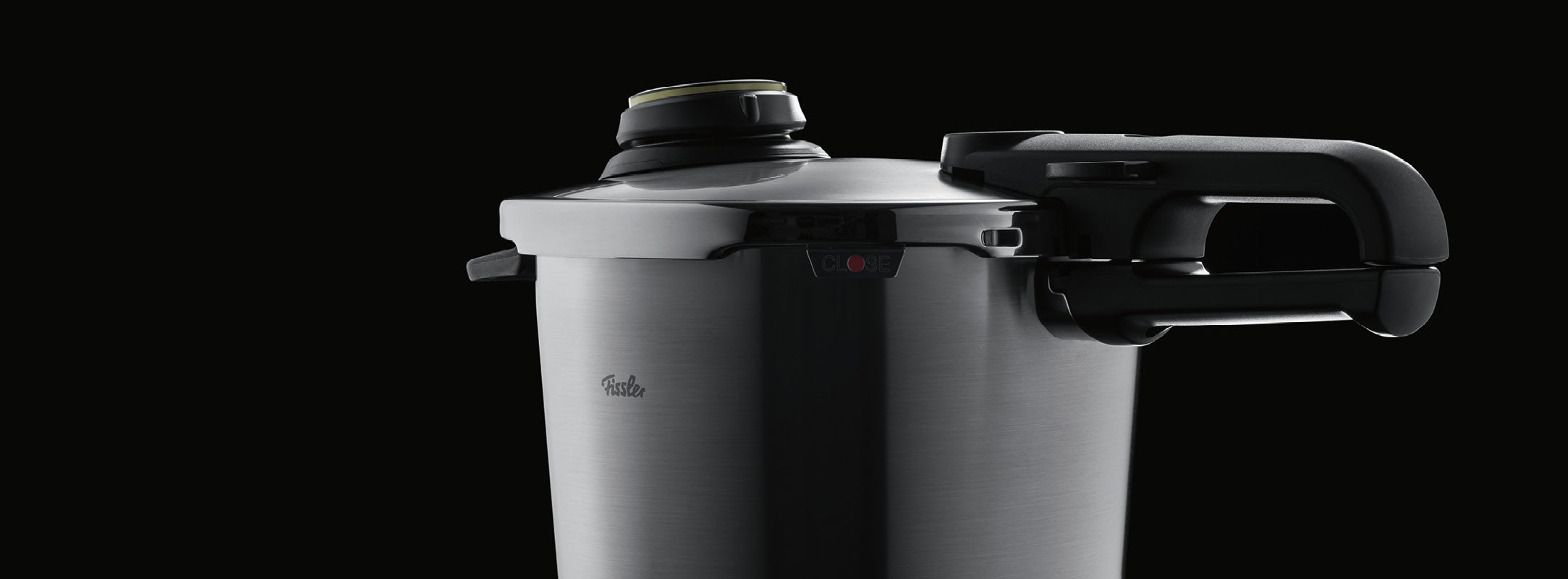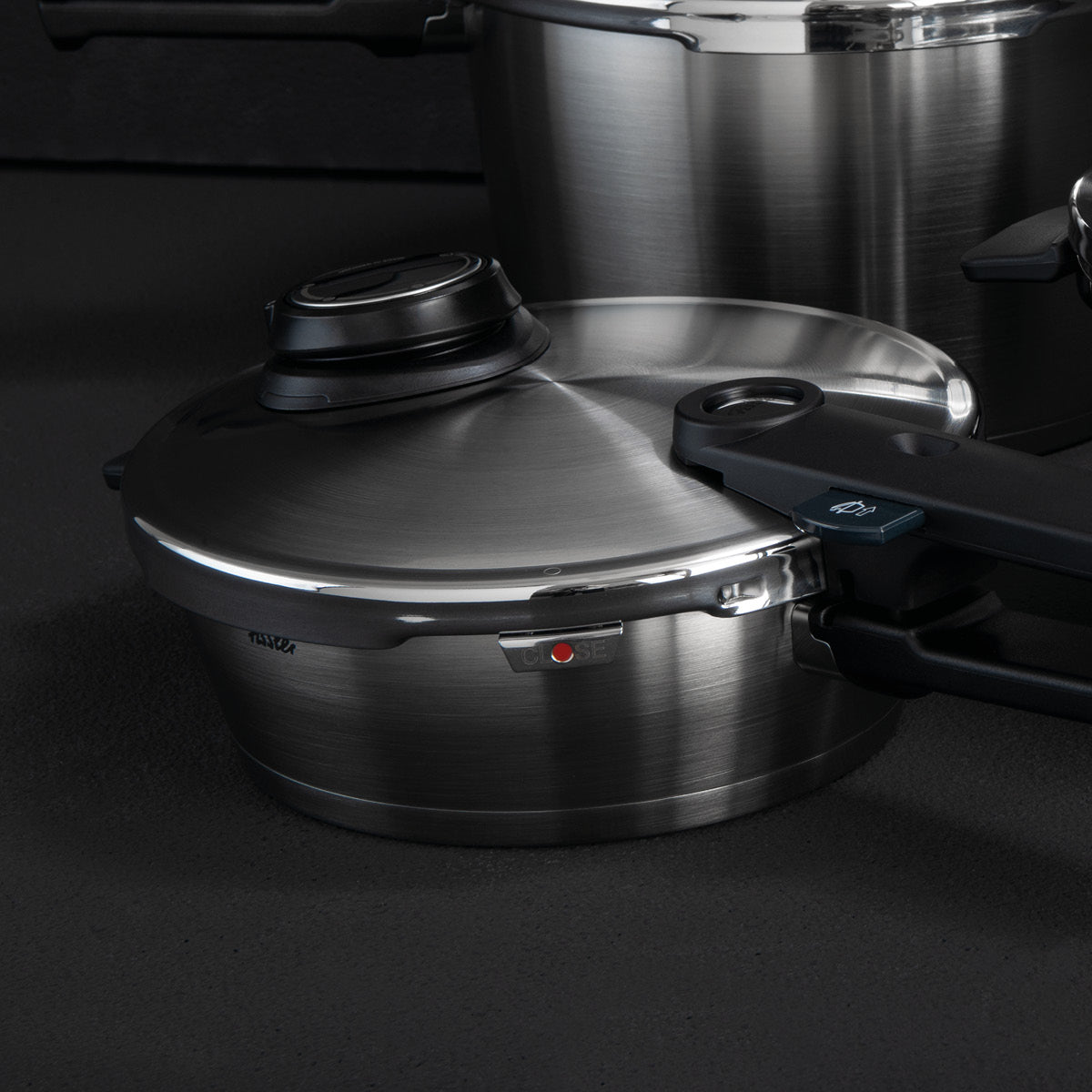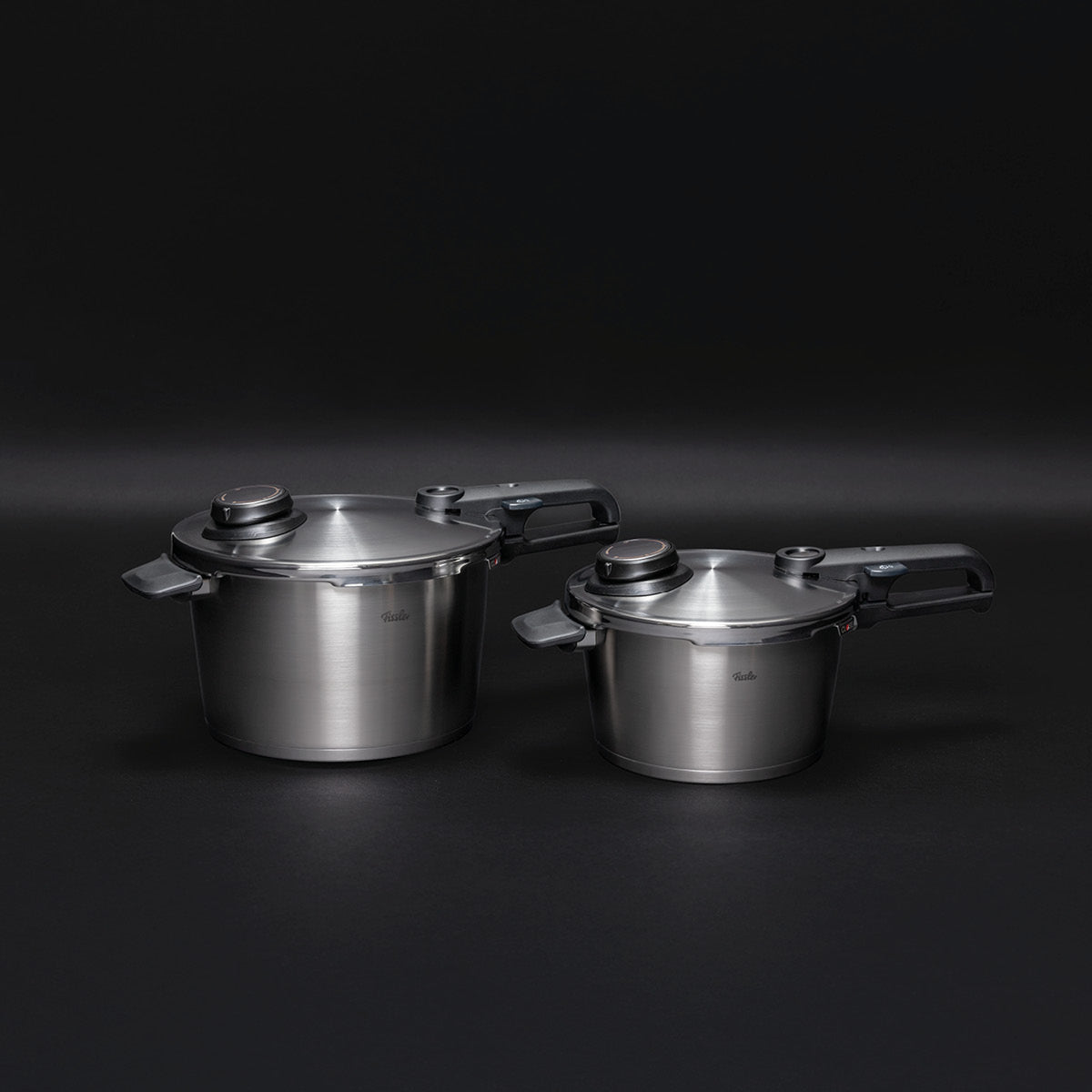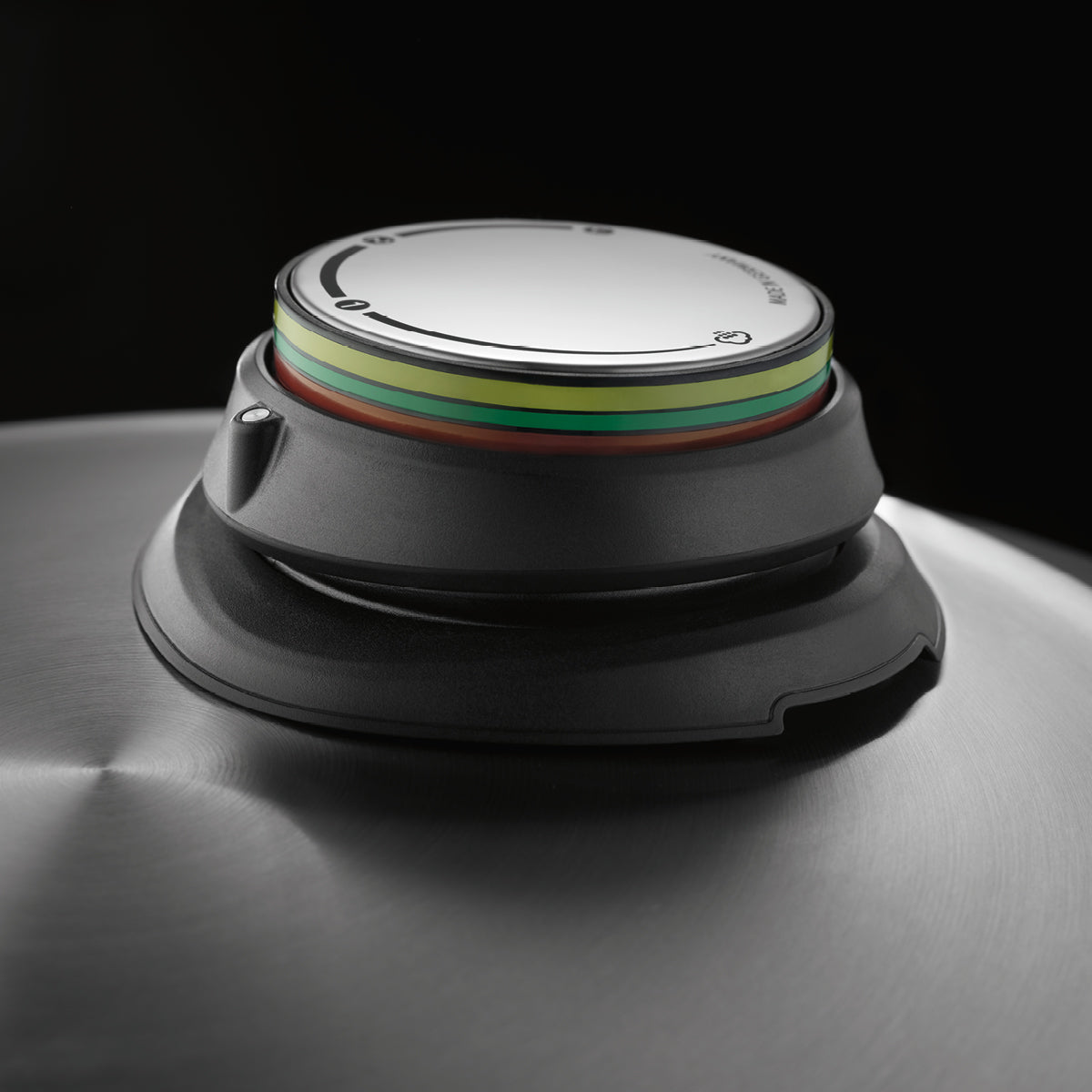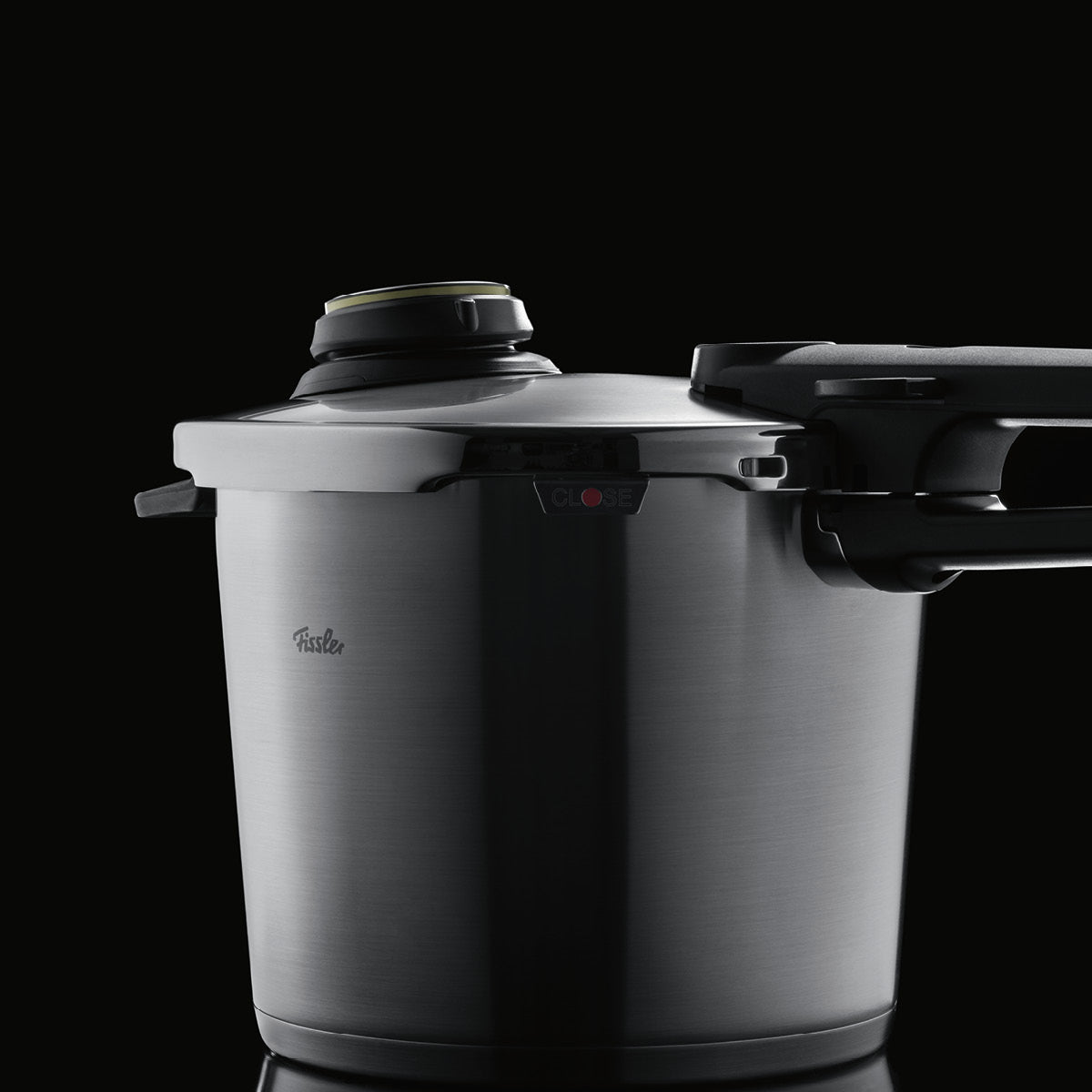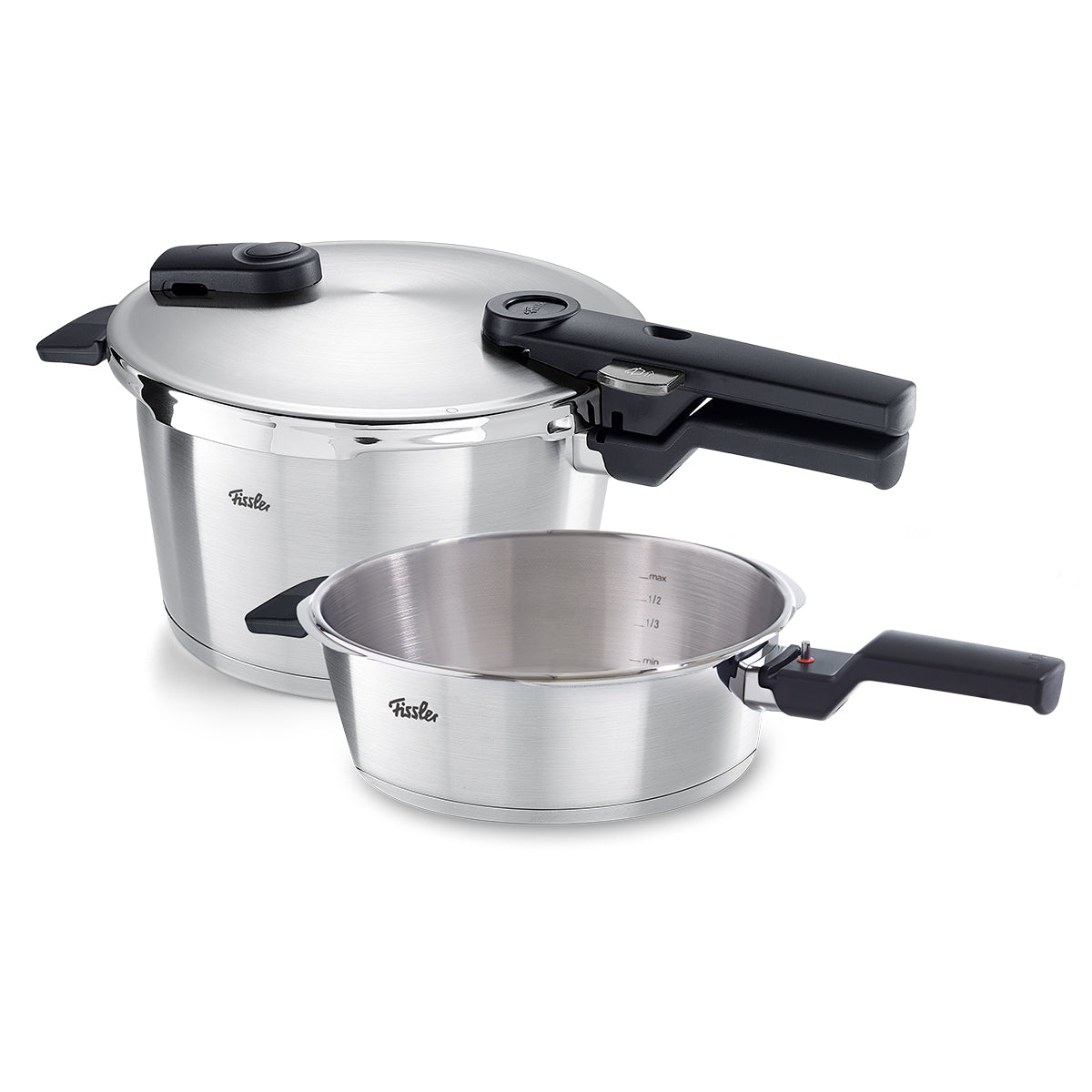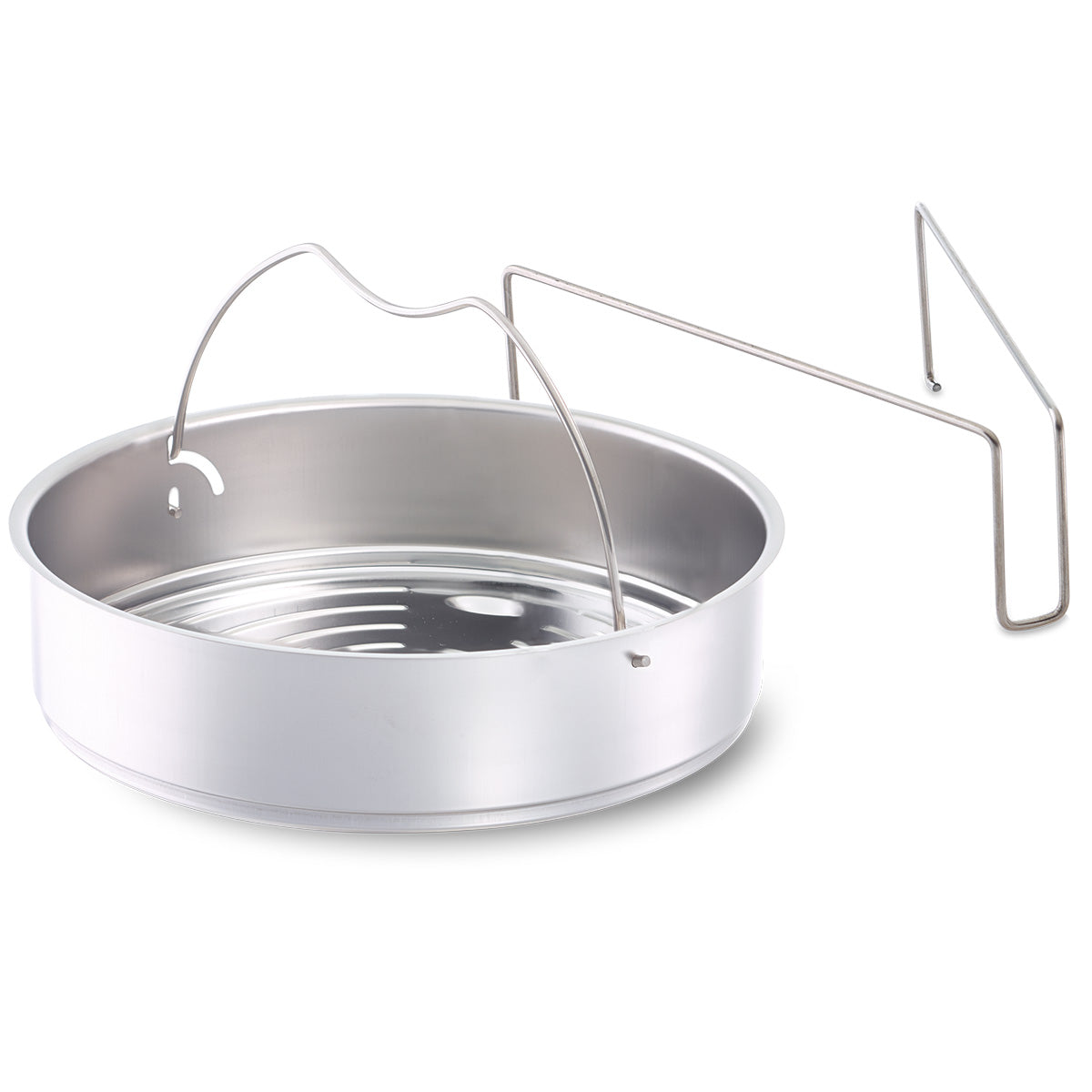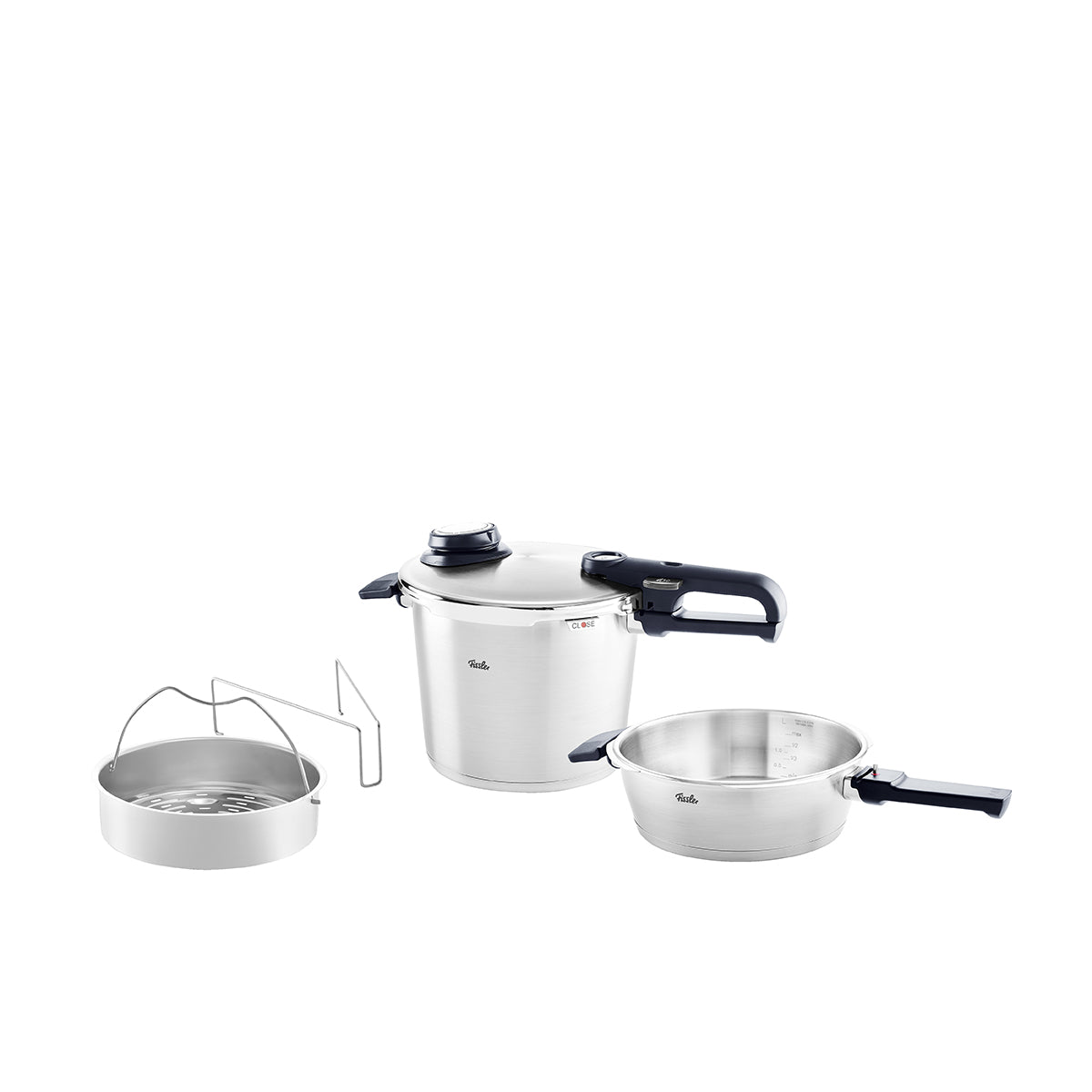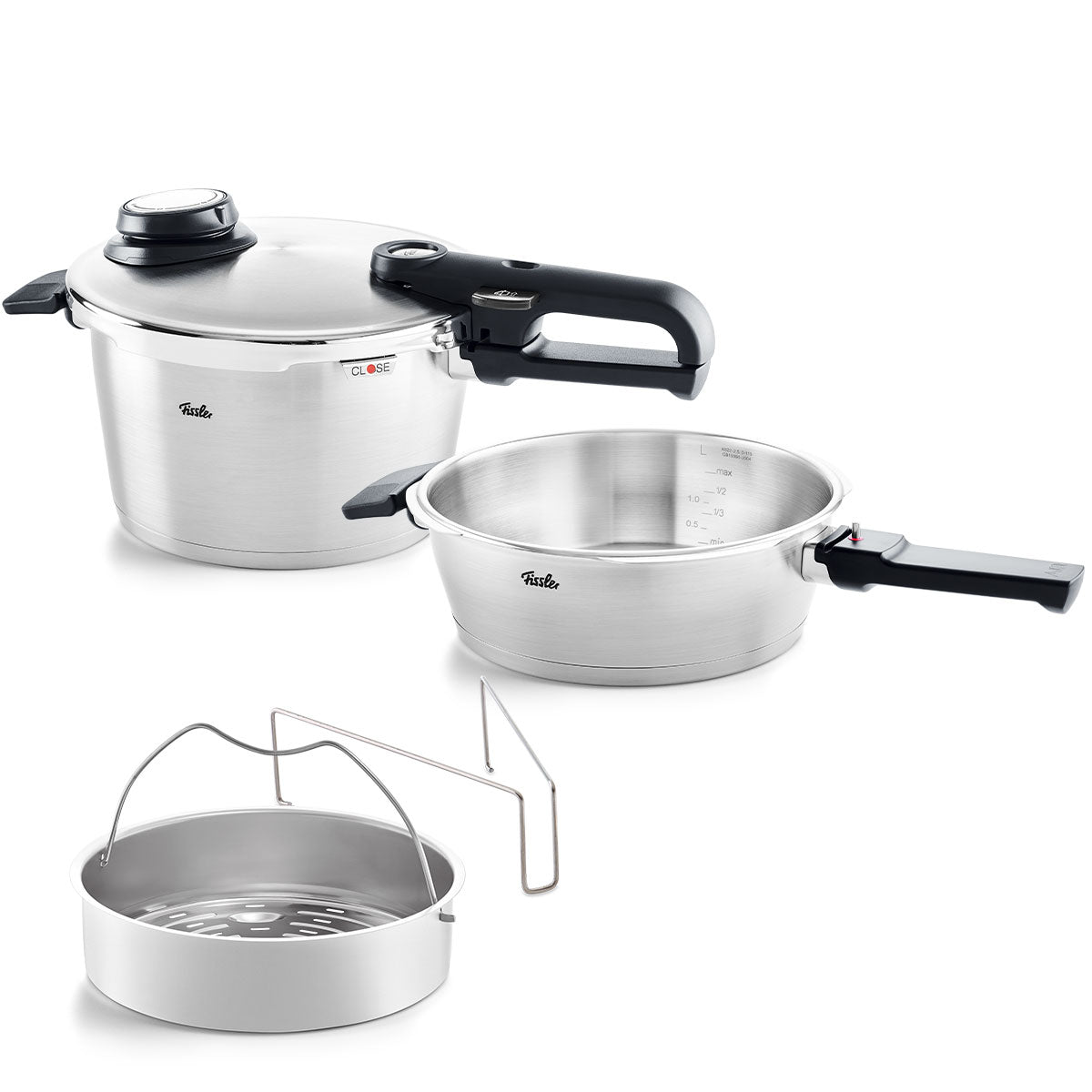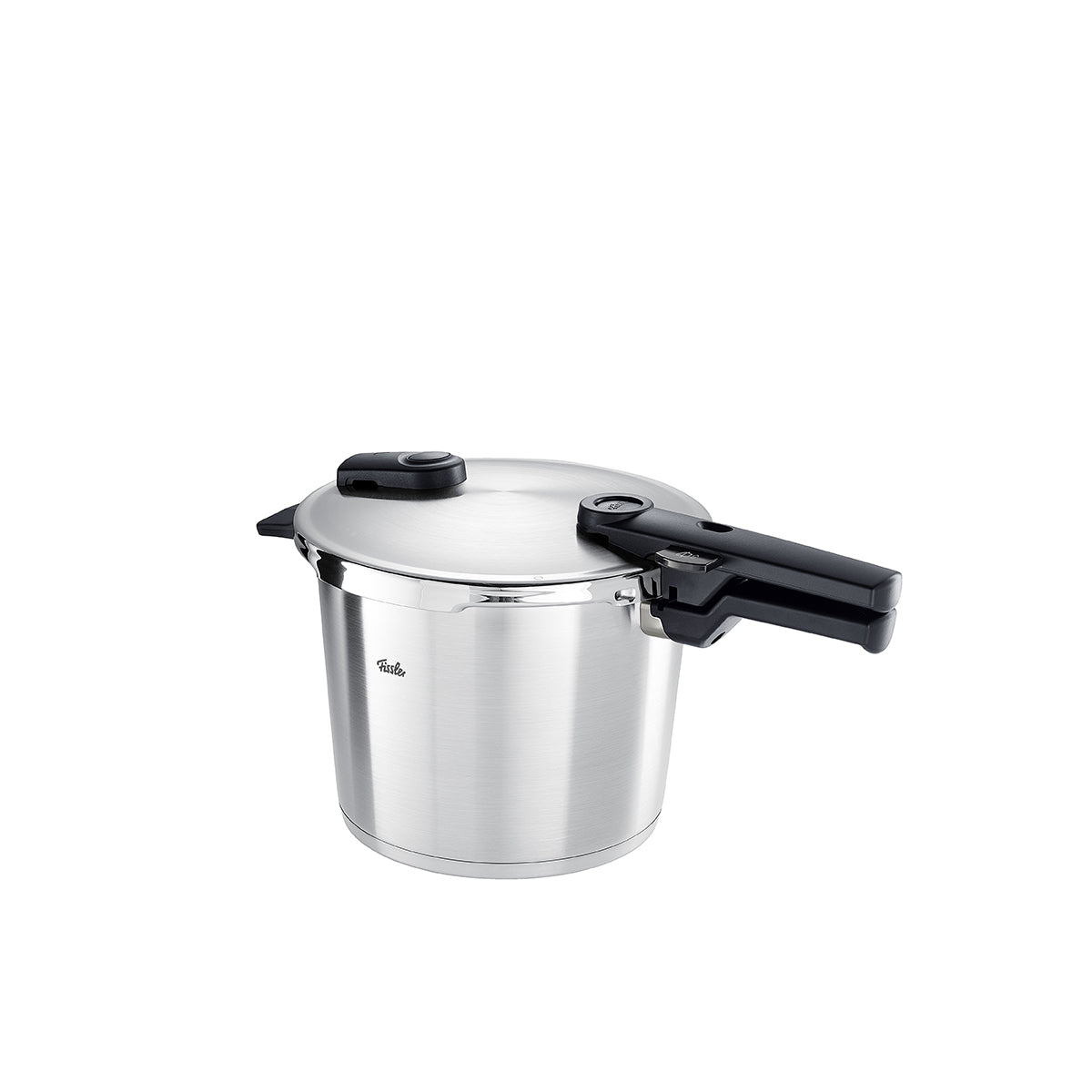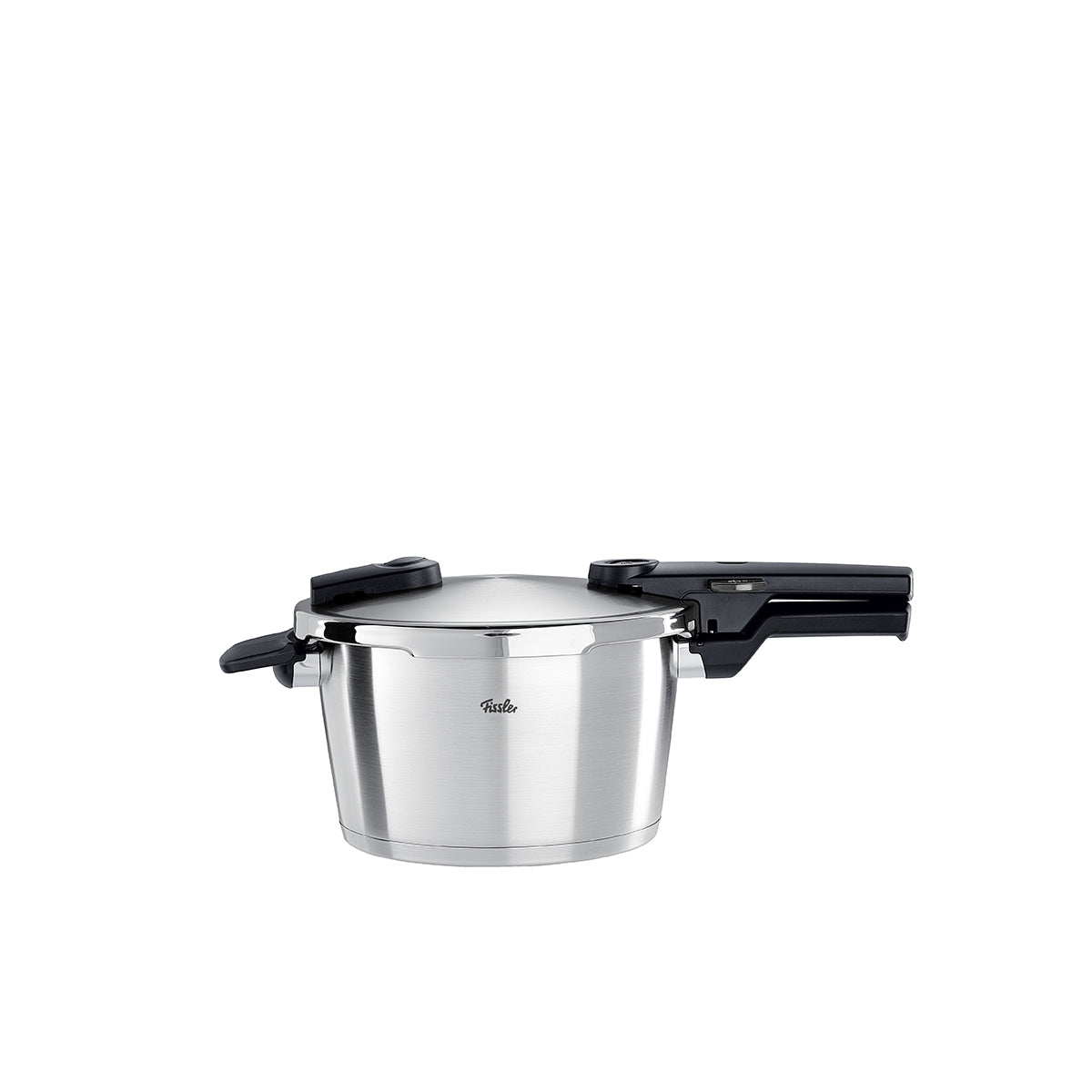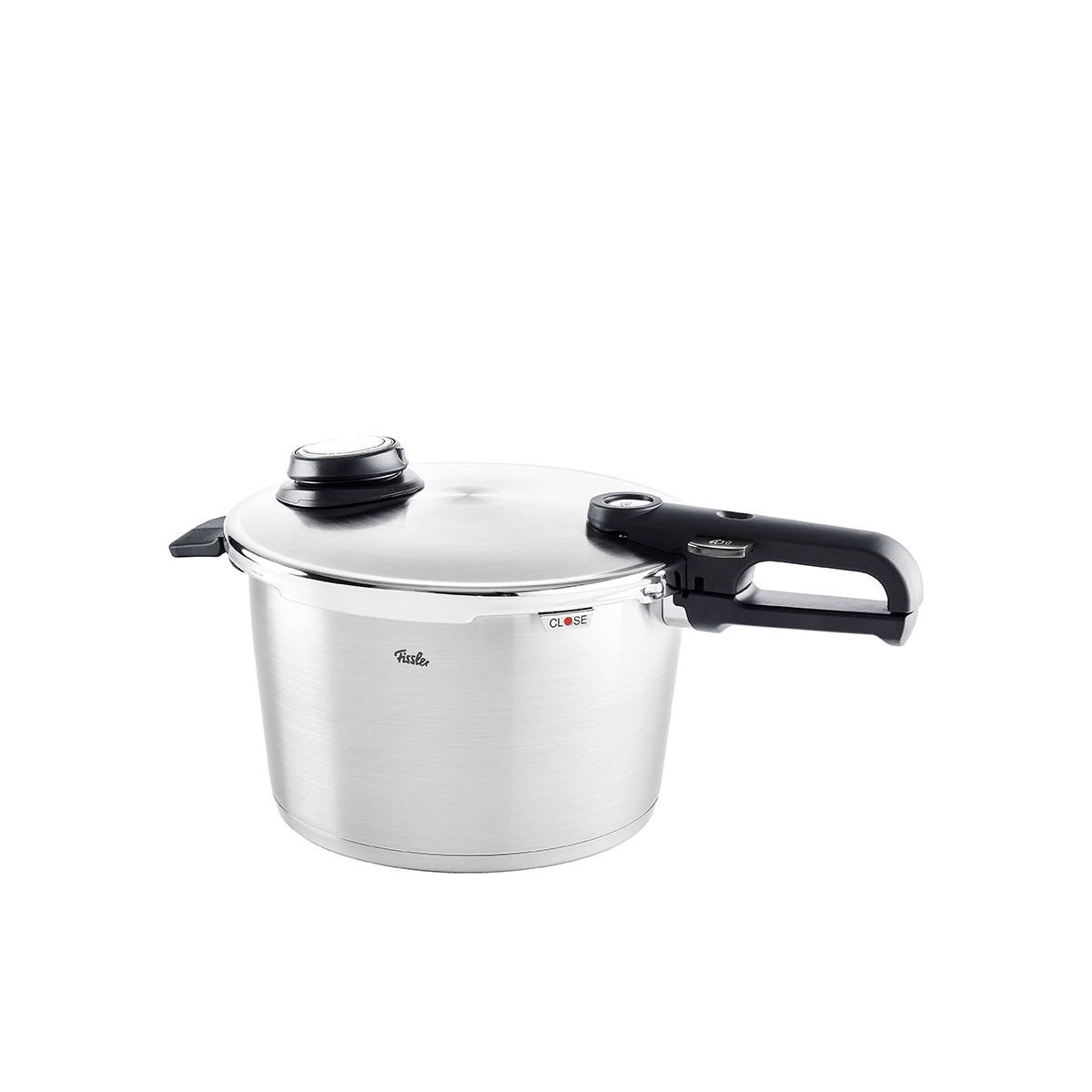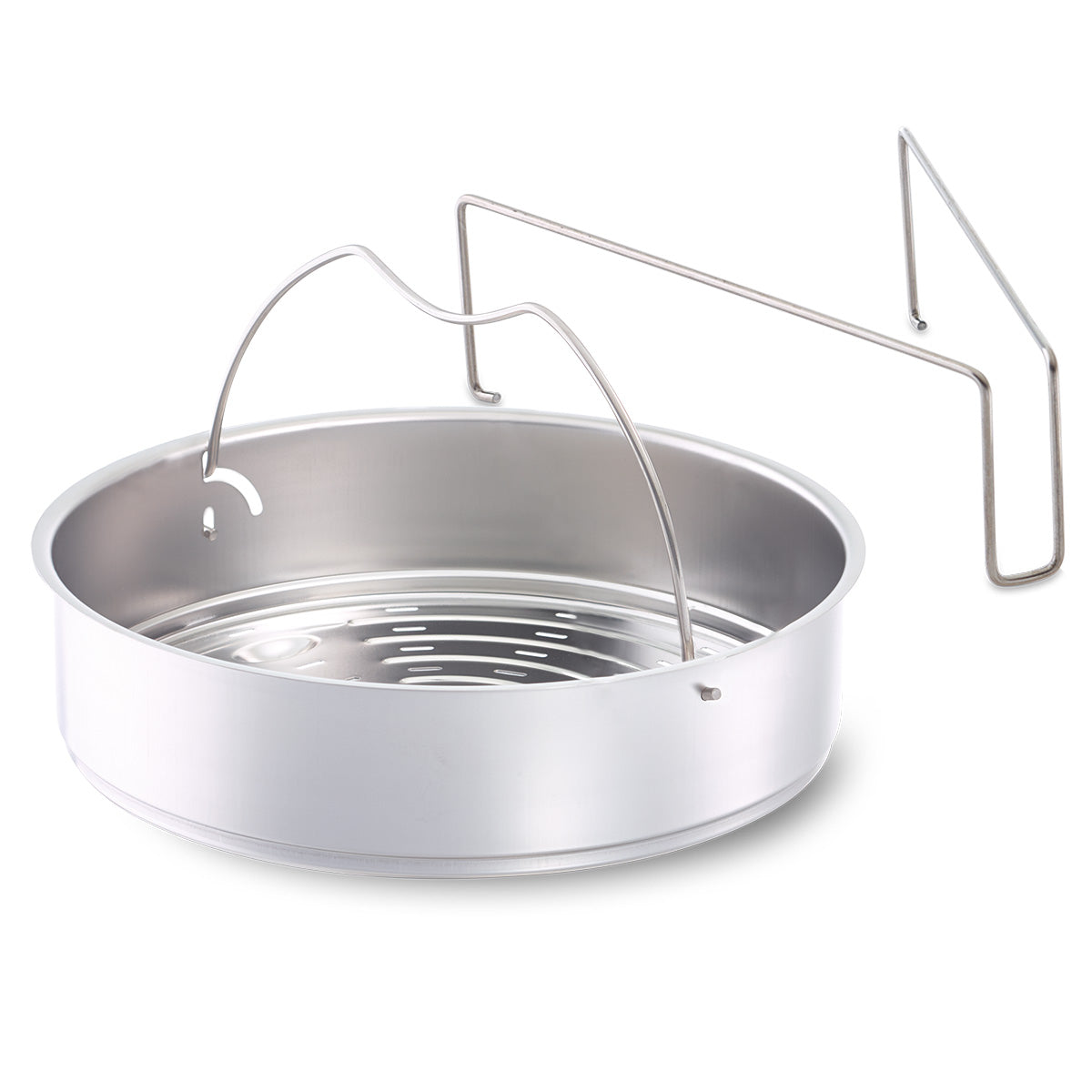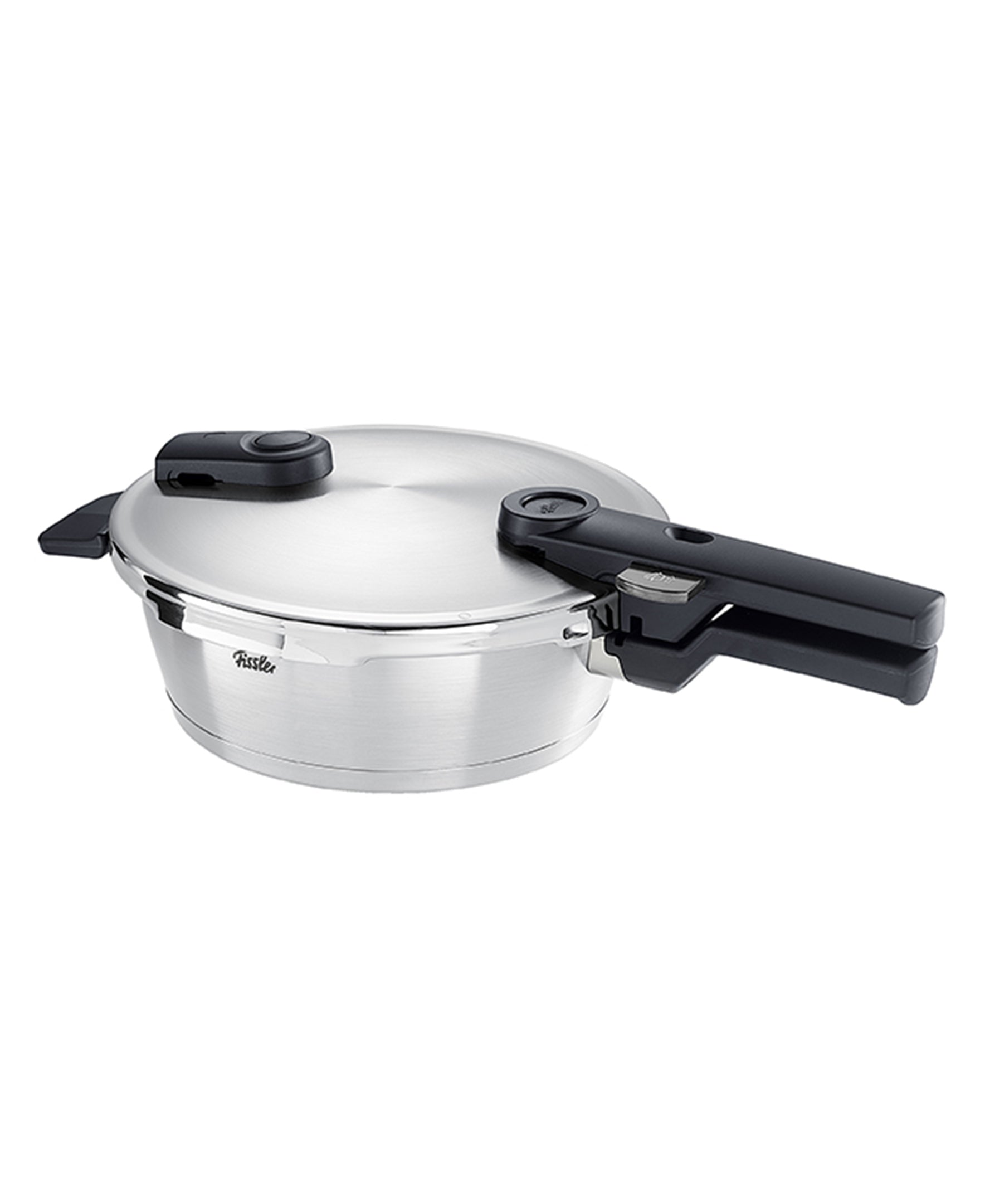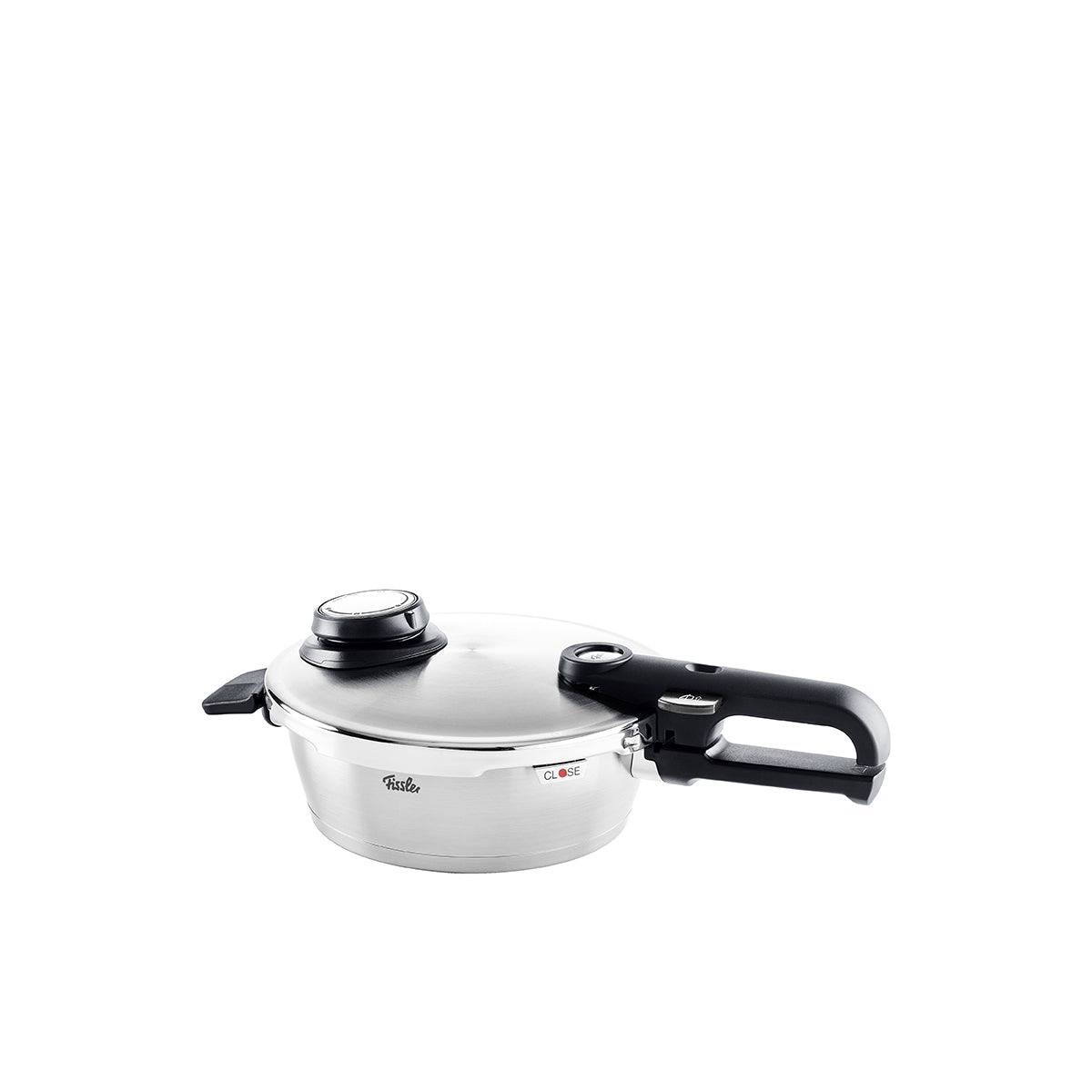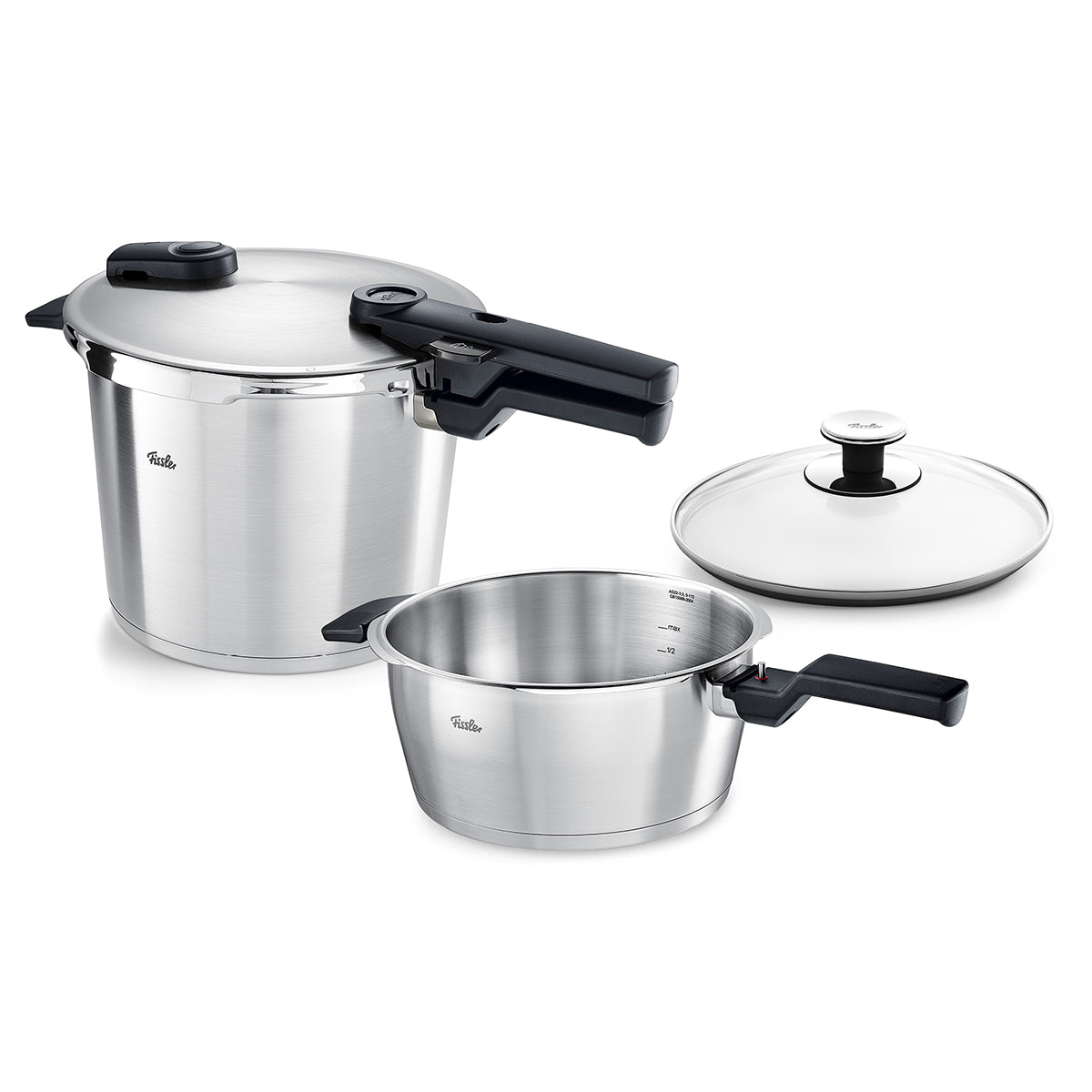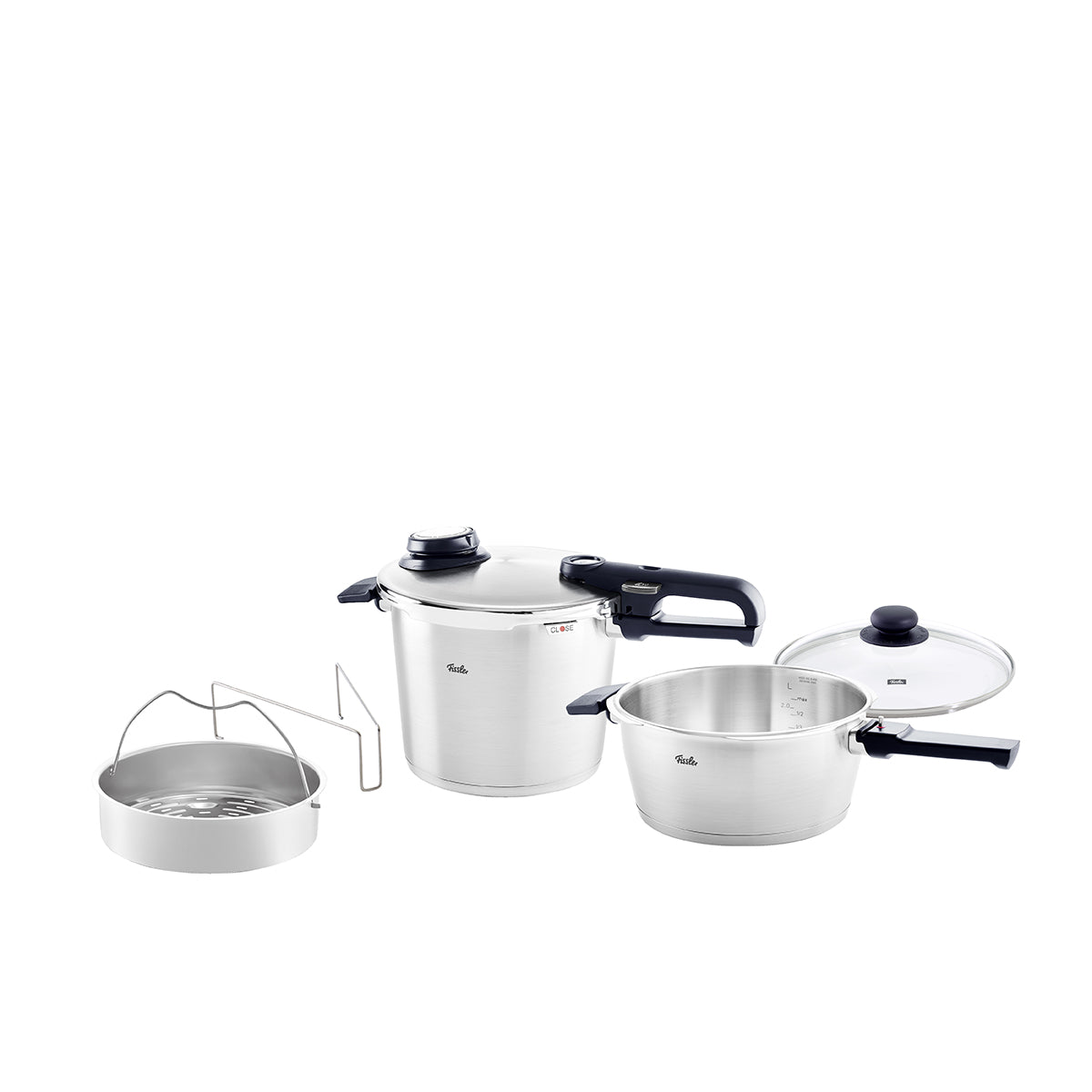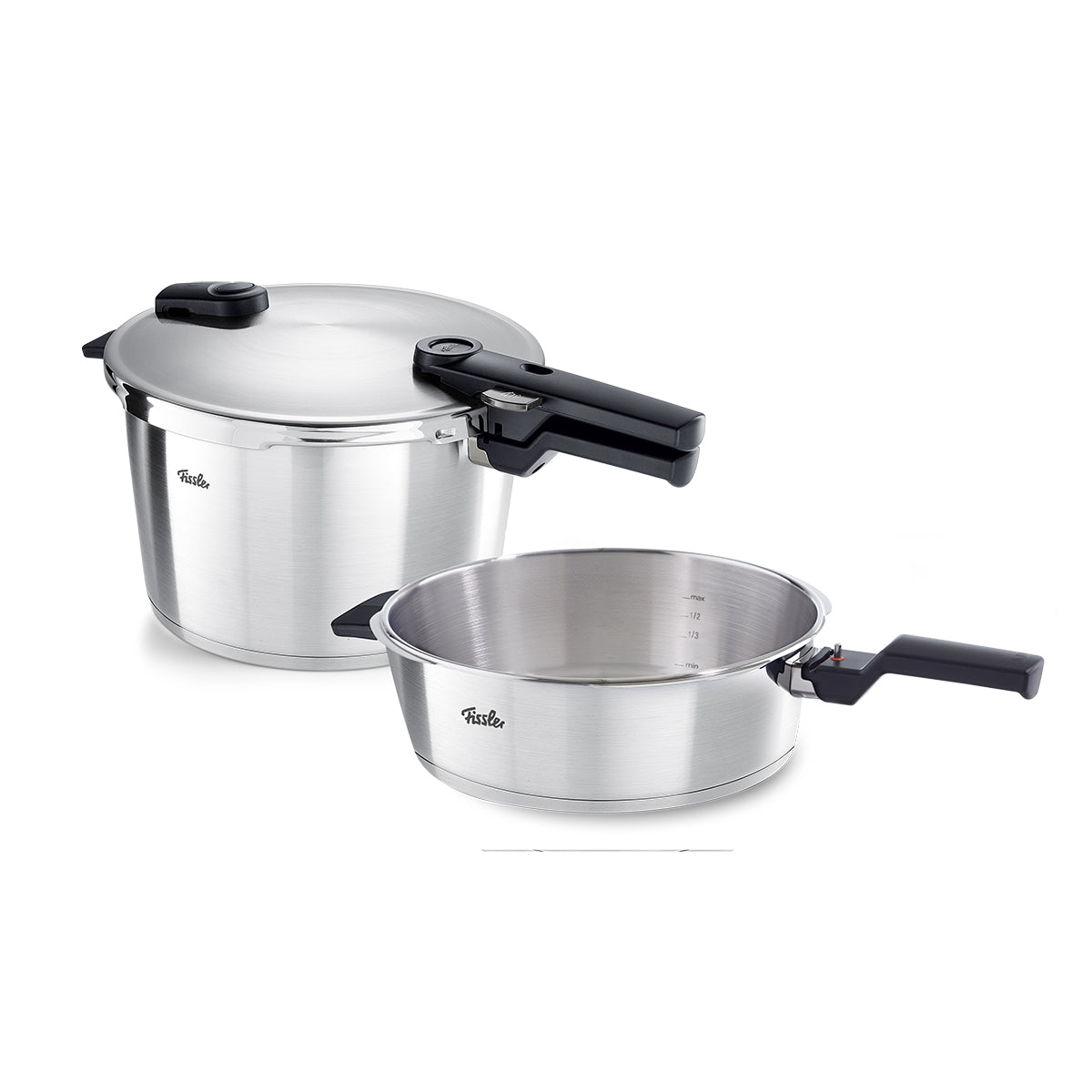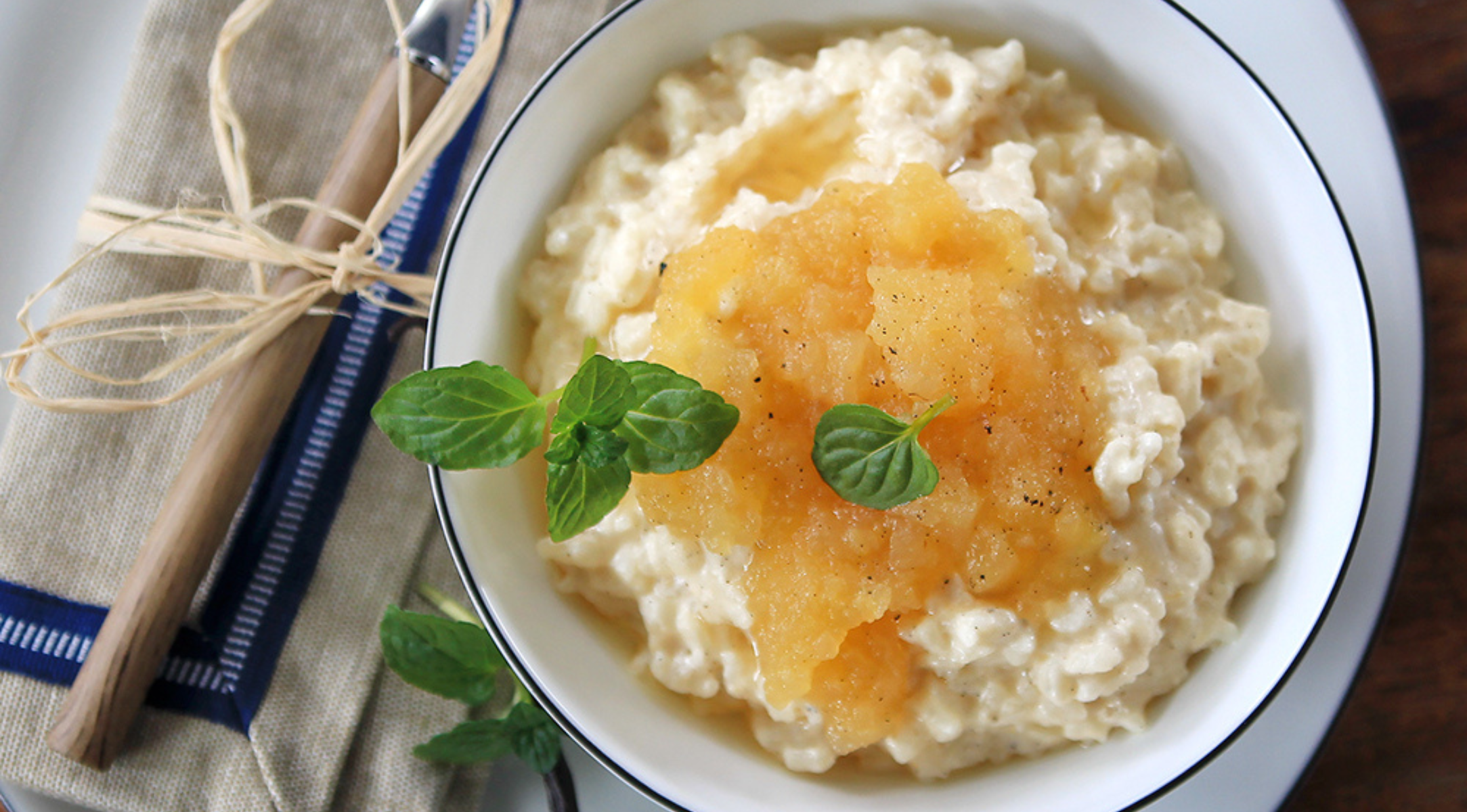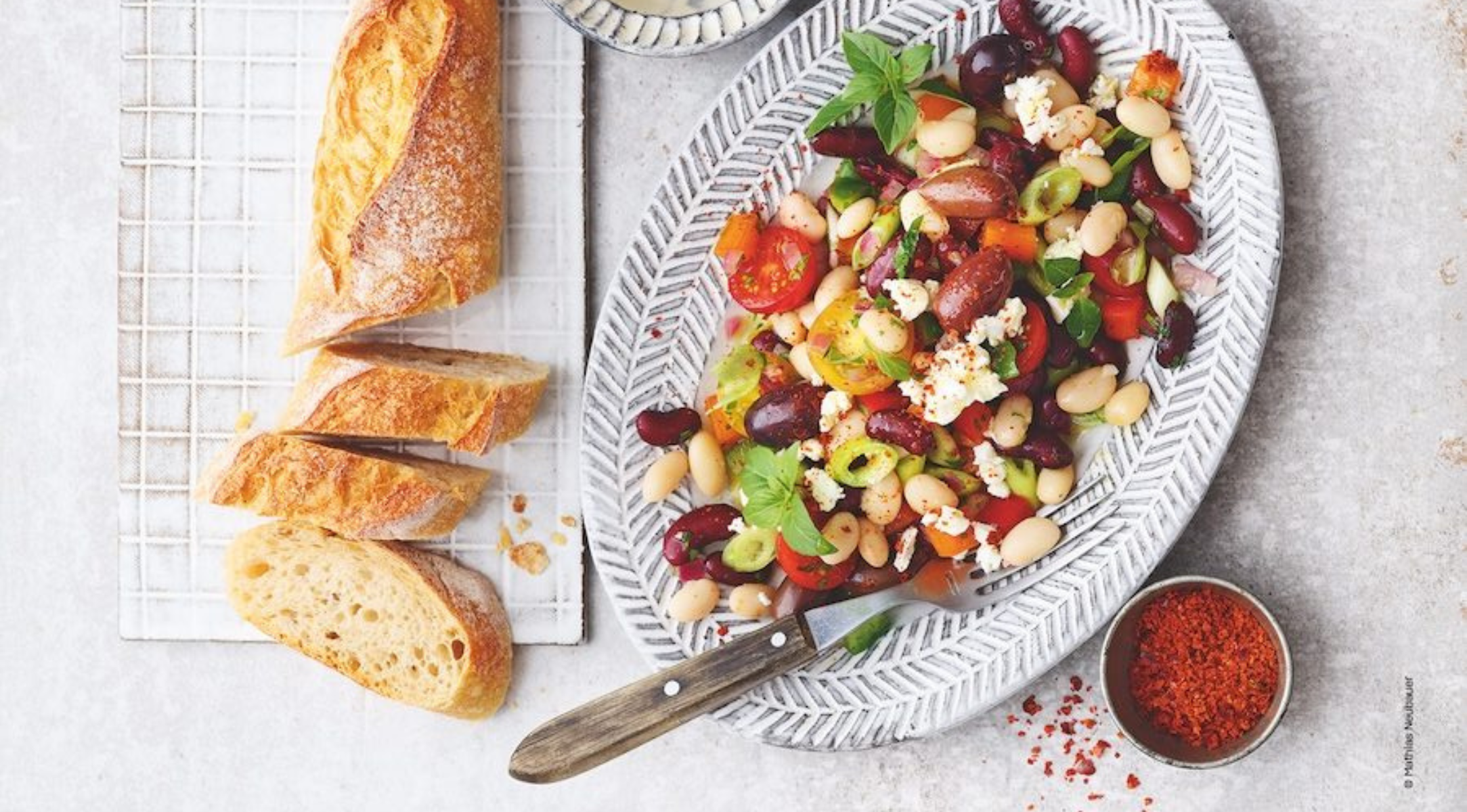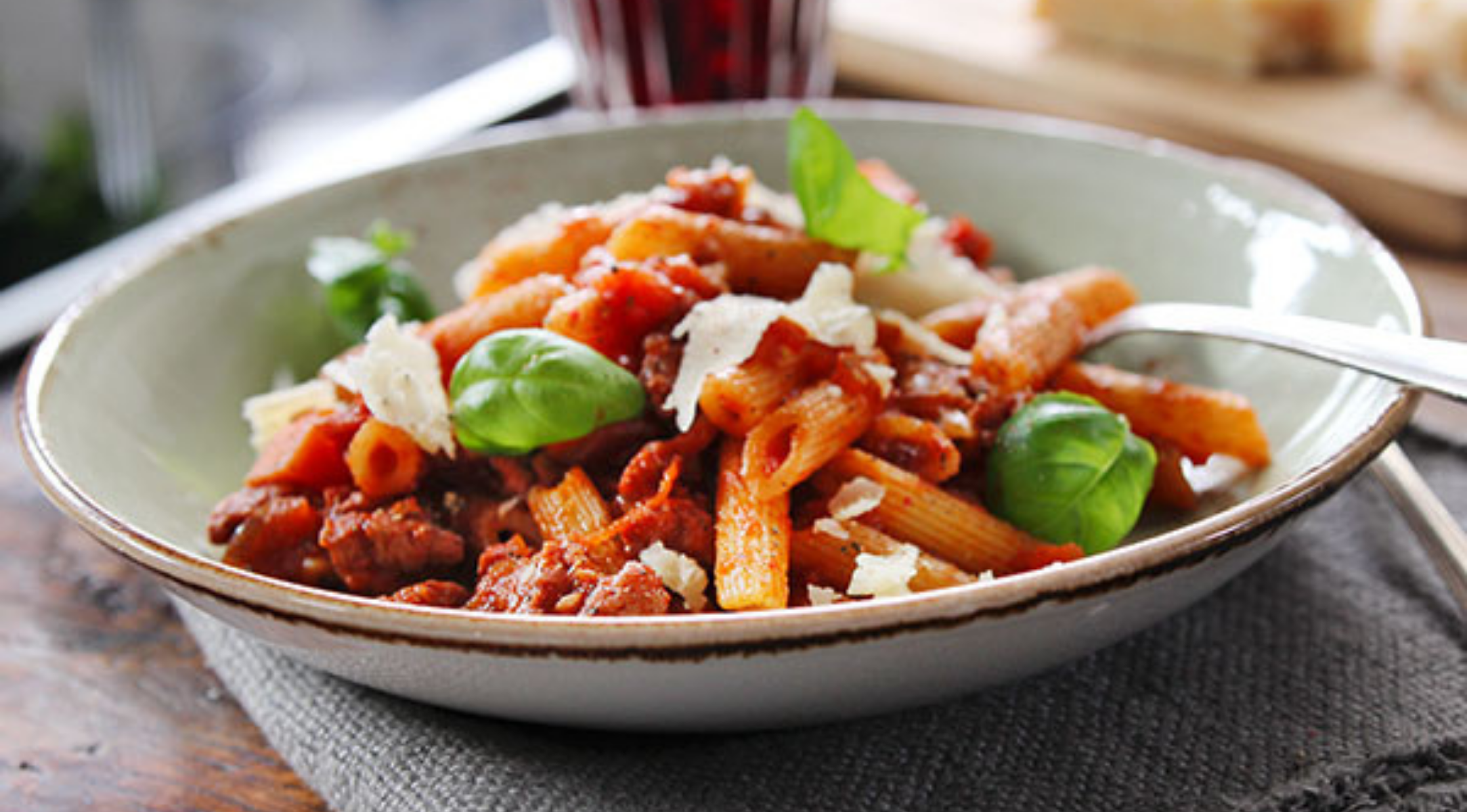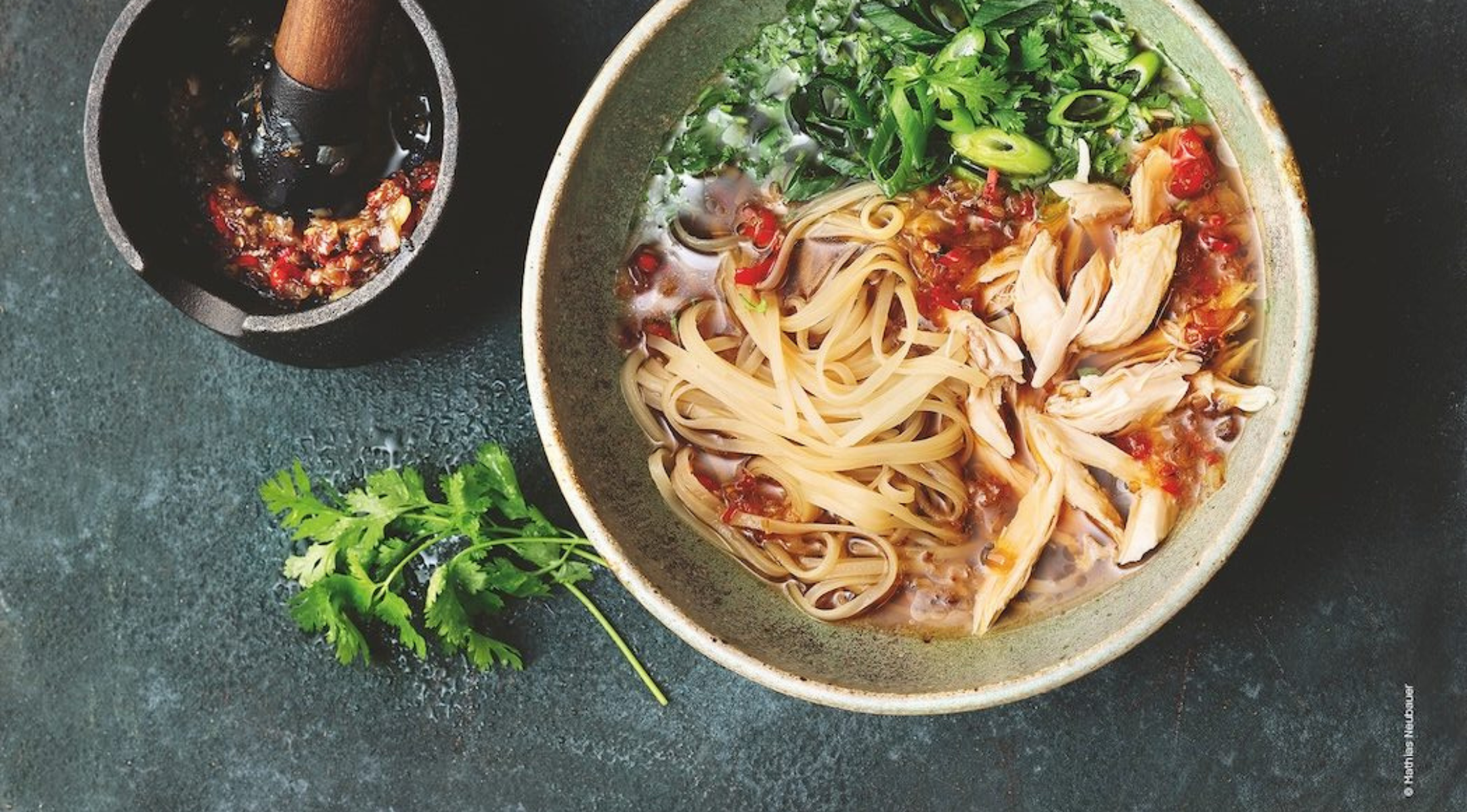Pressure cooking gives you more time, saves energy, and preserves the best of your ingredients. Food is gently and quickly cooked under pressure in a pressure cooker – also known as a steam cooker or pressure pot. Compared to conventional cooking, pressure cooking retains more nutrients and flavor. Modern and efficient, it fits perfectly into a mindful lifestyle. Pressure cooking is ideal for:
- healthier meals
- seasonal and regional ingredients
- cooking legumes
- braised dishes
- stews
- soups
- vegetarian and vegan recipes
The Benefits of Pressure Cooking at a Glance
Save Time
Cooking with a pressure cooker gives you time for what matters most. The pressure inside the pot reduces cooking time by up to 70%.
Once the lid is safely locked with an audible click and pressure is built, the cooking process begins. Inside the pot, the boiling point of liquids rises from 212°F to as much as 241°F. This increase in temperature shortens the cooking time to less than half that of a conventional pot.
Save Energy
Shorter cooking times and lower energy consumption make Fissler pressure cookers a sustainable kitchen companion.
- Reduced cooking times require less energy.
- Once heated, Fissler pressure cookers deliver full performance even at medium heat levels – helping to reduce energy usage by up to 50%.
- With a steamer insert, multiple dishes can be cooked at once – saving even more energy.
- The Vitavit® Premium features the CookStar® base made in Germany. Its high thermal conductivity ensures maximum energy efficiency and compatibility with all stovetops, including induction.
Discover our induction-compatible pressure cookers
Cook Healthy
Vitamins, nutrients, and natural flavors are largely preserved during pressure cooking.
- Minimal liquid and high boiling temperatures cause steam to displace oxygen almost completely during heating.
- Once the valve closes and cooking begins, there is hardly any oxygen left inside the pot – preventing the breakdown of vital nutrients.
- This method is especially gentle for sensitive vitamins, such as Vitamin C, which can be retained up to 90% compared to traditional cooking.
Ingredients also retain their natural color. That’s why meals prepared under pressure are not only flavorful – they’re visually appealing, too.

